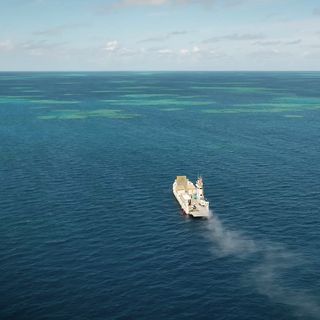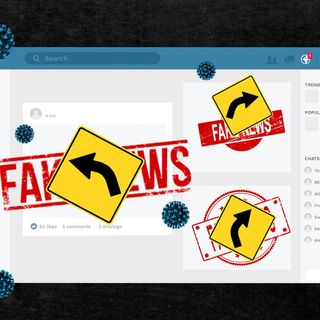Scientists in Puerto Rico have successfully hatched a critically endangered toad in a dish using in-vitro fertilization (IVF), in an attempt to bring its species back from the brink of extinction. Named Olaf, after the snowman in Disney’s Frozen films, the toad was conceived using eggs from females in captivity, and frozen semen from six wild males, collected last year.
Due to a wide array of factors like habitat loss, climate crisis and diseases, about 41 percent of amphibian species are on the brink of extinction, according to the International Union for Conservation of Nature. Scientists are using Assisted Reproductive Technologies (ARTs) like IVF to conserve these species.
“We were able to recover a genetic lineage that had disappeared… So that was an exciting first, to reintroduce genetic lines back into the population,” Andy Kouba, an ecologist at Mississippi State University, who assisted with the project, told The Guardian. “These ARTs efforts will help maintain a genetically diverse, self-sustaining population of toads in the managed population without removing animals from the wild,” a representative of Fort Worth Zoo told the Daily Mail.
Related on The Swaddle:
UN Biodiversity Chief Calls for Ban on Wildlife Markets. But Is It Feasible?
Scientists are considering using similar technologies on other endangered species as well. In a recent example, researchers had harvested eggs from the only two remaining northern white rhinos left in the world, both of whom are female and past their reproductive age. Using frozen sperm from the last male northern rhino, who died in 2018, they created embryos in a lab. The embryos remain frozen, and scientists intend to implant them into surrogate southern white rhino females.
However, ARTs have been criticized over the years on a myriad of ethical grounds. The medical procedures involved can be rather invasive to the animals — to create Olaf, or instance, female toads were injected with hormones to release eggs. Artificially-produced animals often suffer from unforeseen birth defects and abnormalities, which make it very difficult for them to lead a healthy, natural life in their habitats. The ad hoc nature of these experiments also calls into question how we prioritize certain species over others, and what impact this could have on our already delicate ecosystems.
At present, IVF conservation has been attempted on only about ten endangered species. One of the major reasons for the number being so low is because, so far, scientists have not been able to devise efficient ART-methods for every endangered species. However, experts are trying to construct more species-specific reproductive mechanisms to cater to more animals. And, Kouba predicts that major strides will be made within the next decade, and that ARTs will become a primary resource of conservation.
“I think it’s going to become mainstream. We left those species in the world and we were able to collect their material, bring it back and put new founder lines back in the population… That will revolutionize how we manage wildlife,” Kouba added.




